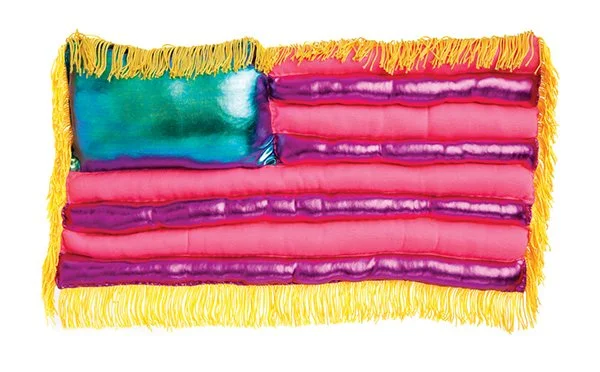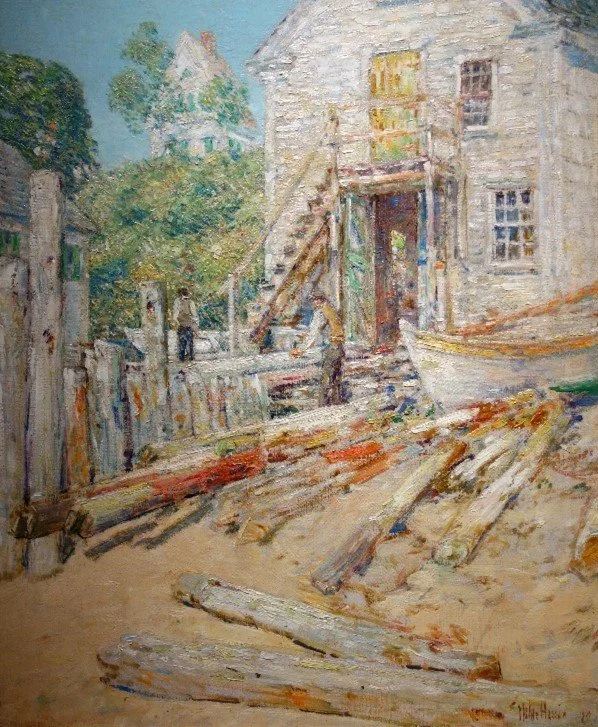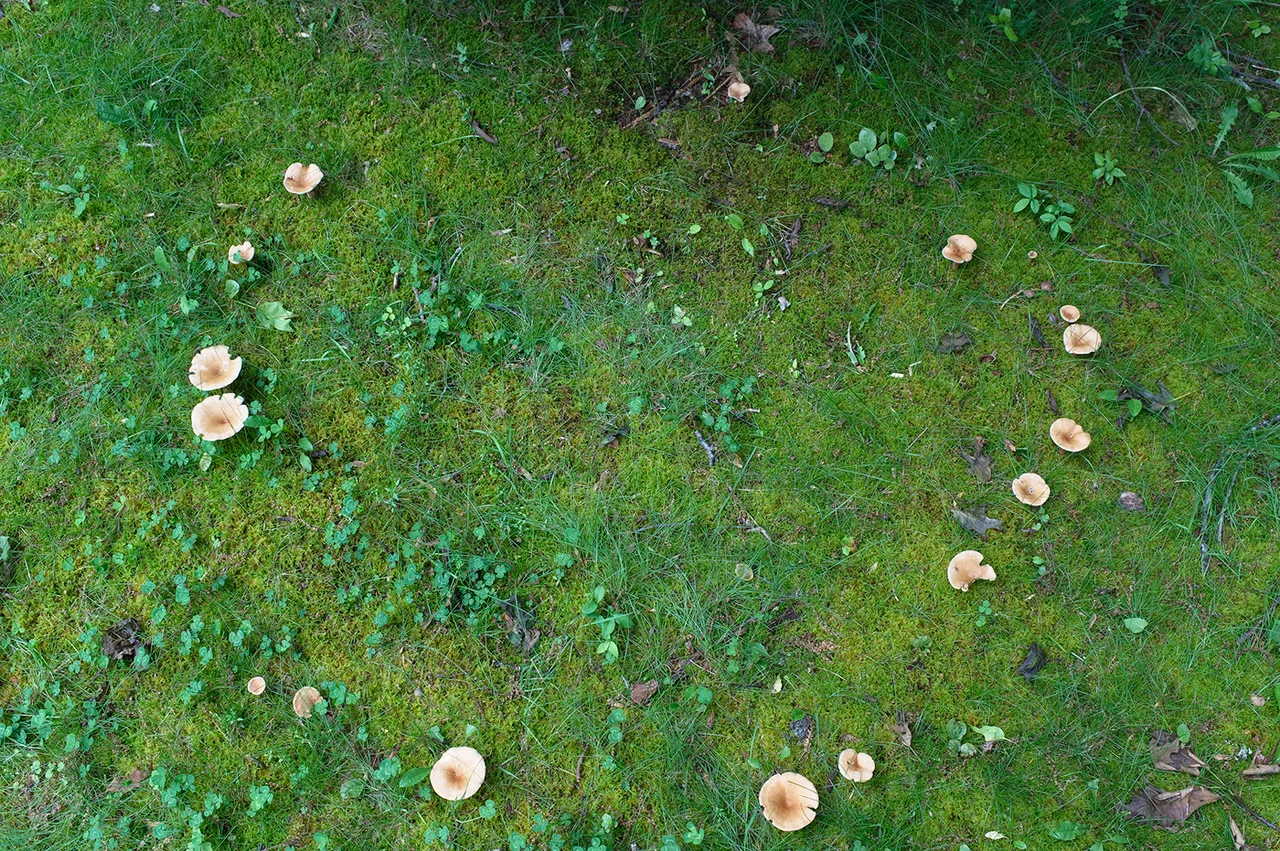Photos and text from Thomas Hook, a veteran New England Diary correspondent
Driving in Woodbury Conn., I saw this Snapping Turtle in the road. I stopped to make sure that it crossed the road safely. I know better than to pick one up so I thought a stick might prod it toward the pond on the other side of the road.
But before helping the turtle, I wanted pictures.
By luck, the first car to come by was the animal-control officer for nearby Watertown. He was off duty visiting a friend and saw me with the turtle and camera. He was worried that I would pick up the creature and so decided to come to the rescue of both me and the turtle. He found a metal rod with a loop in his van, using it to lasso the turtle and drag it to the pond and release it. Subsequently, It entered the water and disappeared.
The officer explained that the turtle has a very long neck and can reach around more than halfway back the length of its shell and SNAP!
Having seen Snapping Turtles before that were much larger than this one, it was good to know specifically why you should leave them alone. You could injure (or lose) a finger or the better part of a hand, so "look but don’t touch" is good advice.










































